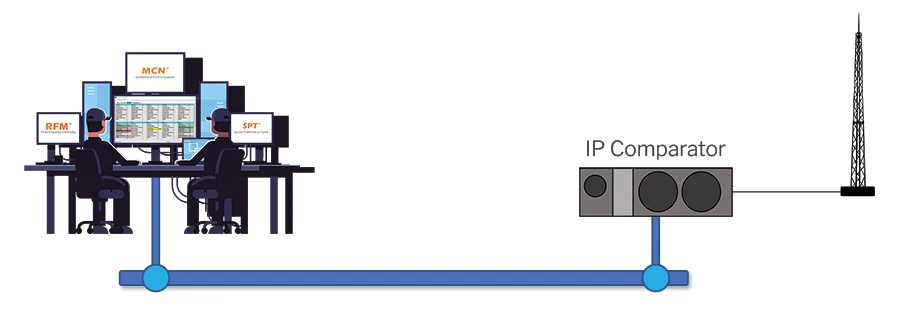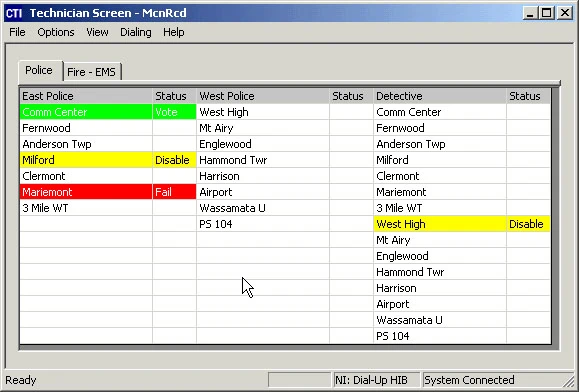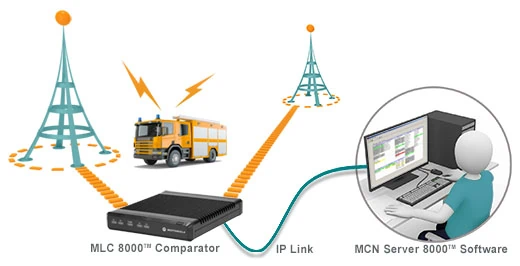Radio System Monitoring and Control
Monitoring and Controlling voting receiver systems is essential for maintaining seamless communication across wide-area networks. In this article, we’ll explore how remote comparator displays enhance system control and address common challenges faced by voting systems.
Understanding Voting Receiver Systems and Two-Way Radio Communication Coverage
Voting receiver systems play a critical role in ensuring reliable audio coverage across multiple tower sites. These systems receive audio signals from various locations and feed them to a central comparator or voter. The comparator then selects the receiver with the strongest signal and forwards the audio to dispatchers.
By utilizing multiple receivers installed at different tower sites, audio reception, quality, and coverage for land mobile two-way radio communication systems are significantly improved. Additionally, multiple transmitters broadcast the same audio simultaneously on the same frequency, creating a simulcast network that appears as a single, large repeater. This approach enhances overall communication efficiency.
The Role of a Remote Comparator Display
Remote comparator displays provide real-time status information to dispatchers and technicians. Here’s how they improve system control:
- Diagnosing and Repairing Problems: Intermittent issues can be elusive, but a remote display allows technicians to identify which receiver is selected during problematic moments. This visibility streamlines troubleshooting and accelerates repairs.
- Efficient Receiver Management: Technicians can disable or re-enable receivers without physically visiting the comparator location. This feature is especially useful after fixing a receiver or network line, as it allows quick verification of system operation.
CHALLENGES:
While voting systems offer advantages, their complexity presents challenges:
- Increased Complexity: Managing multiple receivers across different sites requires careful coordination. Noise, interference, and networking problems can escalate due to the sheer number of components.
- Critical Audio Levels and Network Response Times: As the comparator rapidly selects receivers with varying characteristics, maintaining consistent audio levels and network responsiveness becomes crucial.
SOLUTION:  Systems
Systems
A well-designed voting receiver system enhances communication coverage but demands diligent control and maintenance. By leveraging remote comparator displays and addressing inherent challenges, you can optimize system performance and ensure seamless operations.
-
Monitor and Control Infrastructure Remotely

-
Solve system problems faster
At a glance, a dispatcher or technician can determine status for any receiver in the system, or site equipment I/O. A noisy receiver can be remotely disabled, quickly allowing a system to function until maintenance can be performed.

| Features | Devices | Systems |
|---|---|---|
|
|
|
-
Keep your system at peak performance levels
MCN Systems are custom engineered to provide real-time monitoring and control of most comparators and voters, as well as for other site equipment such as doors, generators,and alarms. Using MCN RCD™ software, comparators and site equipment status for multiple sites can be monitored and controlled from the same screen.
A variety of hardware and software modules makes it possible to fill any need. Click on a link on the right to learn more about MCN Systems.


